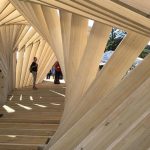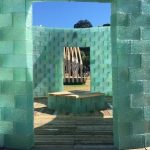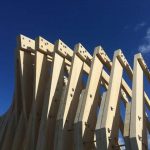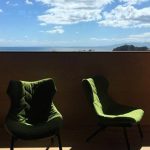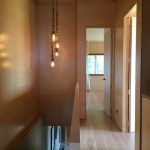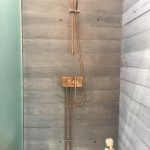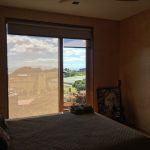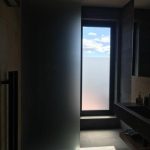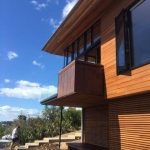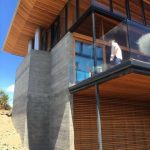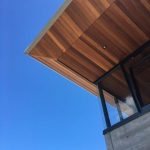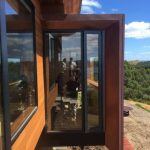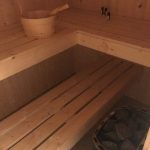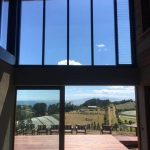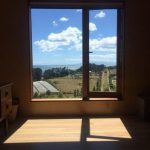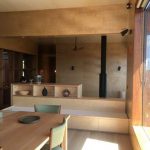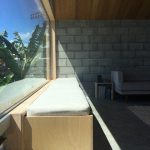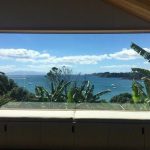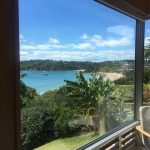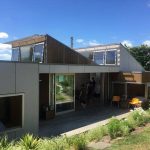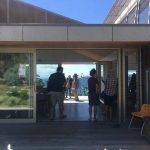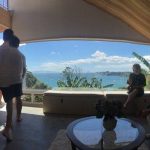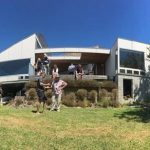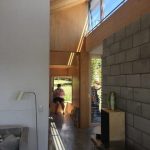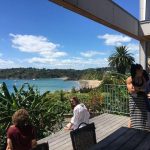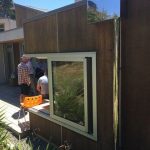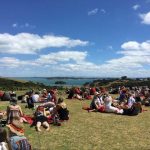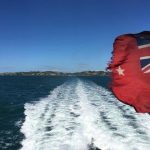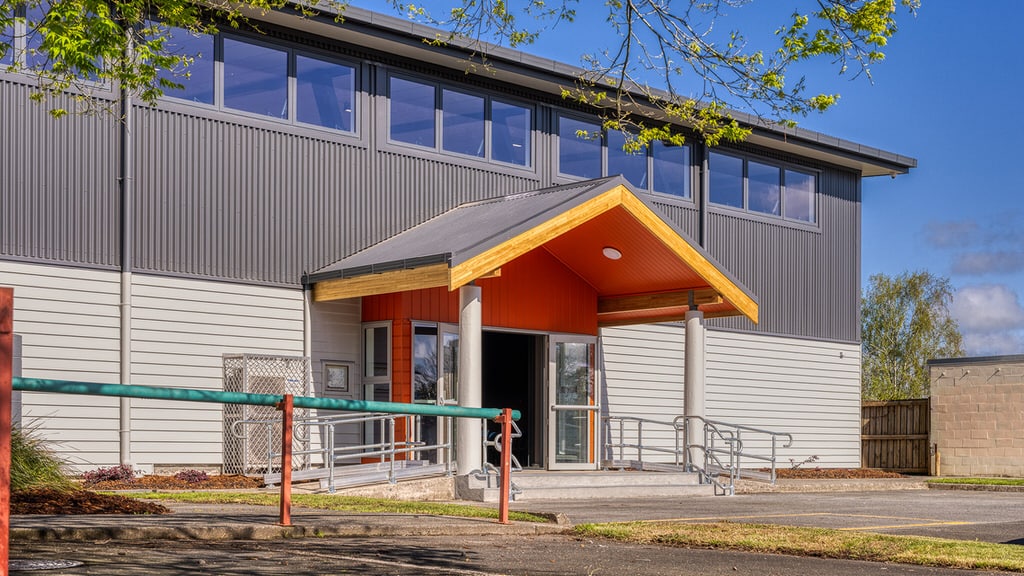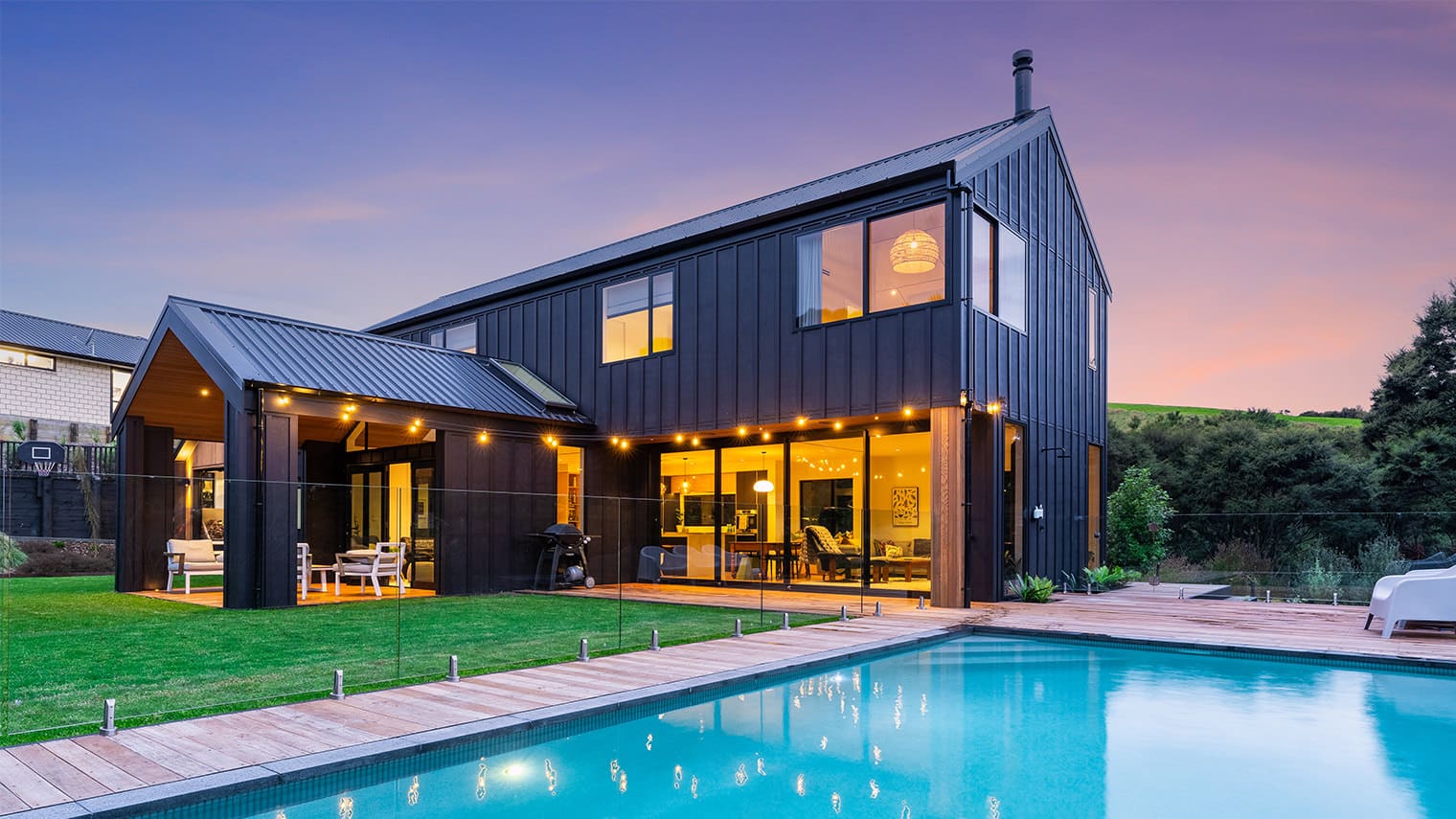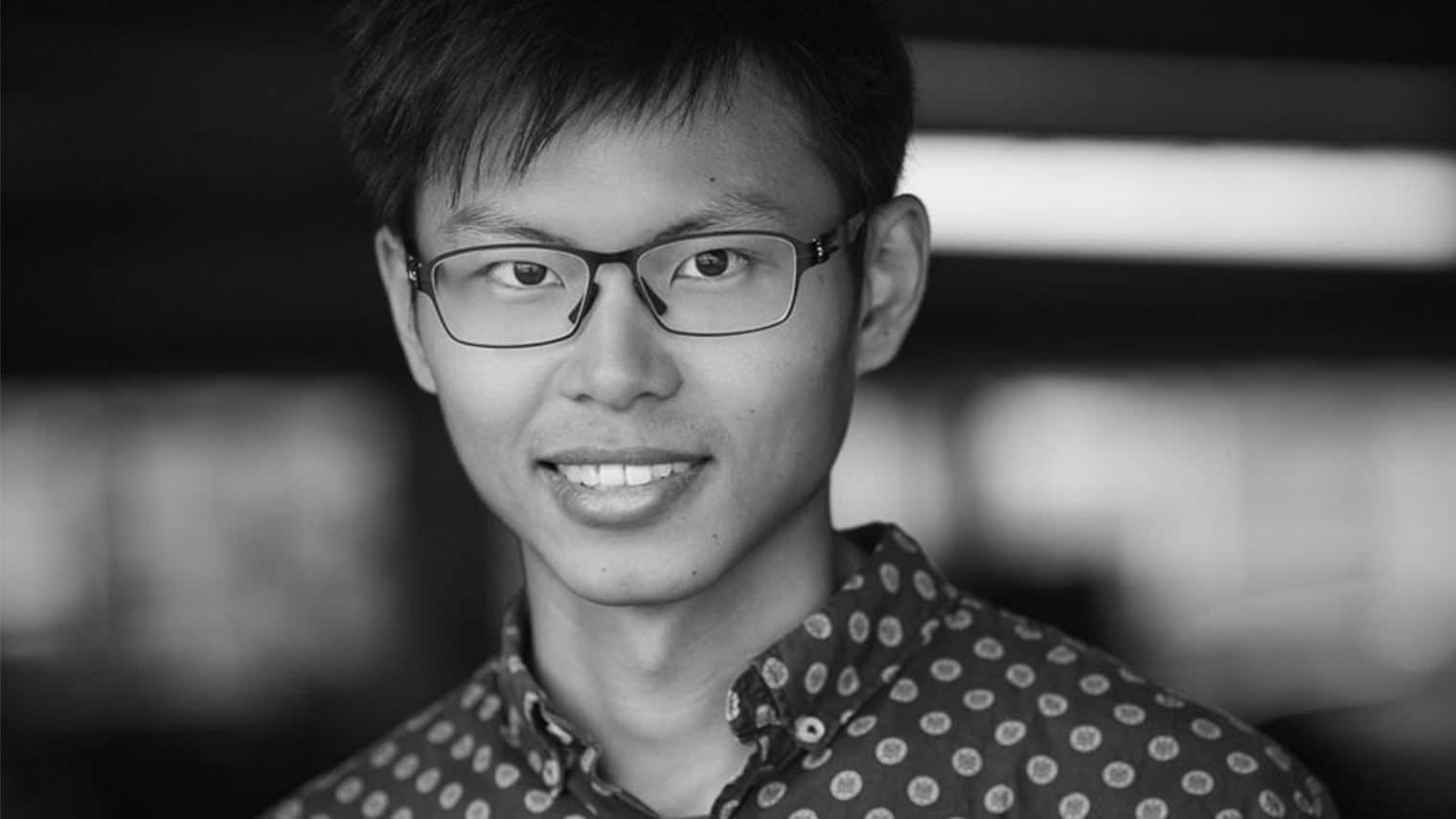NZIA IN:SITU Conference: the resurgence of beauty
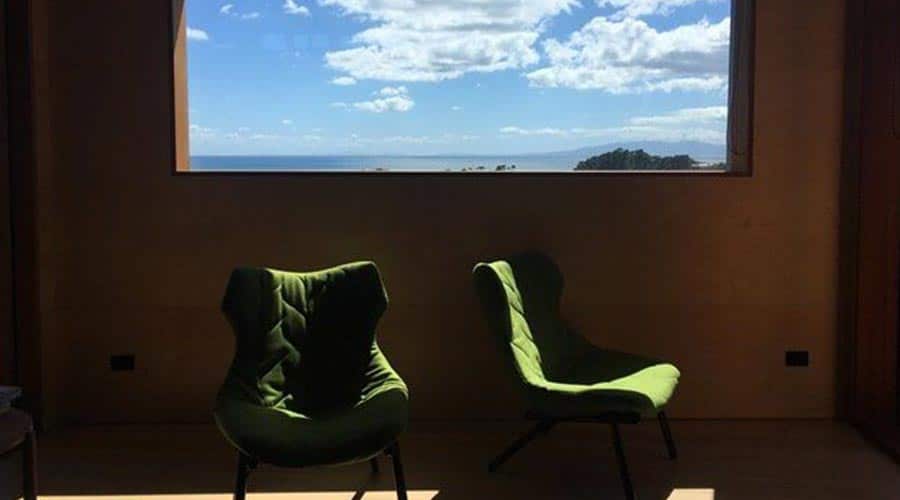
Respond Architect’s Joe Lyth waxes lyrical on the NZIA In:Situ 2017 bi-annual conference.
A sunny Thursday morning in February saw the Respond Architects team arrive at the ASB arena on Auckland’s waterfront: an excellent location from which to survey the city’s growing and changing skyline, bristling with cranes, before entering the buzzing events centre.
Members of the architectural community had come from around the country to attend the NZIA conference, In:Situ, taking the opportunity to both network with fellow professionals and see the range of products on offer at the trade stands. Primarily though, the conference gave attendees the chance to hear presentations from ten internationally renowned Architectural practices across two days, followed by a rare opportunity to tour several private homes on Waiheke Island.
The two day conference was opened by LA Times architecture critic Christopher Hawthorne, and seats were scarce as we absorbed images and discourse that covered a wide range of architectural styles and approaches.
We were inspired by the drive and determination of Norway based Todd Saunders, whose early projects included a self-build cabin beside a Norwegian fiord, and a local council’s initial proposal for a public rest stop that was instead resolved as a gravity-defying lookout extending out over a valley at 2000ft above sea level. Saunder’s ability to successfully redefine and enhance the initial brief was enviable, while similarities of the project’s sites to the landscapes of New Zealand incited a conversation within the team about possibilities and opportunities within our own country.
The work of LA Architect Barbara Bestor demonstrated confident and exuberant use of colour, something that is often shied away from in modern spaces in favour of a more muted palette. She talked about the ‘strange beauty’ that she injected into her projects, which ranged from residential schemes with communal courtyards, to adaptive work spaces for large companies. An underlying theme in the projects she presented was the concept of community – how to create spaces that people wanted to gather in without being too direct or forceful.
Auckland’s current housing situation was mirrored in the work of London based Alison Brooks. The city’s current growth is reminiscent of many cities around the world, where homes are lacking and space is at a premium. Brooks and others are increasingly being inspired by London’s housing boom in the 19th Century. The mid-rise Mansion Block typology has historically been used in cities as far flung as London, Paris and New York to provide high quality homes and spaces in times of growth. The typology’s current successful development and use by today’s Architects such as Brooks highlights a potential route many growing cities could take towards providing enough quality homes for increasing numbers of inhabitants.
Finally, we were in awe of the incredibly varied and sometimes almost sculptural work of the other presenting practices; Chinese architect Hua Li, Sofia and Mauricio from studio Pezo von Ellrichshausen in Chile, Igor Peraze with Benedetta Tagliabue joining the discussion from Spain via video link, the UK’s Sir David Adjaye, and Melbourne architects Ian McDougall and John Wardle. The projects presented to us were the results of some incredible talent, but also incredible clients with the funds and foresight to work with the Architects to produce such successful projects! The communion of the designers’ ideas and clients’ needs were plain in many of the buildings presented, something we all aspire to in our work.
A theme that permeated most of the addresses, and one that was discussed at length during the closing discussion, was that of the role of beauty in modern architecture. In a world of increasing costs and regulation it can be difficult to retain the beauty and joy in architecture. However these aspects can and should still be a part of every space; be it in the use of colour to enhance a room, or the drive to create beautiful spaces no matter how mundane their use. The proof of this was clear in the projects we enjoyed during the conference, and was reinforced during our trip the following day.
Saturday morning saw many of the conference attendees taking a Fullers ferry to Waikehe Island for an enviable tour of five private homes on the island – all of which left us awe inspired! Each of the projects occupied incredible sites, and each had their own character. One proudly lounged back into the hillside overlooking the city skyline, another was more reserved, settling into its plot overlooking a bay surrounded by vegetable patches and fruit trees. A third perched atop a cliff, a steep rocky ladder leading down to the water’s edge and a kitchen counter that seemed to almost leap into the void.
While the opportunity to create buildings such as these is rare, each seeded ideas that could be developed in future projects. The Respond team returned from the conference inspired and with renewed resolve. To see such a wide range of projects, each creating such successful spaces, homes and communities for people, has emboldened us in our own work and cemented the drive to work with our clients to inject beauty into the architecture of New Zealand.
The NZIA In:Situ conference ran from 10-12th February, with the Steel and Tube Waiheke Island tour on Saturday the 13th.


